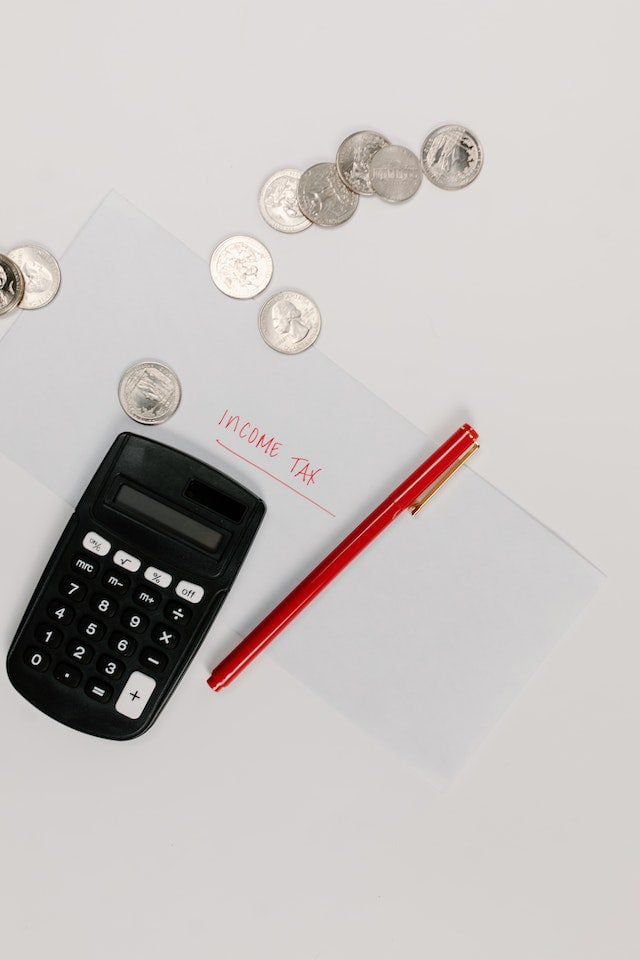7 Ideas for Investing Your Tax Refund Smartly
You have filed the paperwork, sent back the dreaded 1040, and the good news is that you are getting a return! That is good news, right? Well, that depends on how you look at it. Your tax return is the money that you have paid to the IRS throughout the year, so if you are getting a return, that means that you have loaned the government money without an interest rate for a whole year.
While some people like getting a substantial return back for the psychological reasons of seeing a big chunk hit their account, most personal finance professionals will remind you that you could have made more money by investing those extra funds throughout the year.
Now, if you did receive a large return, there’s nothing wrong with that, but you may want to consider adjusting your withholdings with your employer so that you receive more of your money in your paycheck and less with your taxes. This will open up revenue for you to put towards your financial goals.
If you’re looking to do the most good with your tax return this year, here are seven possible options for investing it:
- Build your emergency fund. It’s not flashy, and it doesn’t come with a paint job, but having an emergency fund set aside for three to six months of expenses is one thing that most personal finance professionals agree should be a priority. Not having to enter into credit card debt in an emergency is a quick path towards financial security. In a 2018 study, the Federal Reserve determined that around 12% of Americans could not adequately fund an emergency of $400, and an additional 28% would have to use credit to cover an emergency of that size.
- Pay off credit cards and other non-secured debt. Last year, one study showed that the average American household has around $7,000 in credit card debt. Using your tax return to pay off your credit cards can help you avoid paying additional money in interest and fees and free up your money so that you can put it toward long-term investments.
- Pay off or upgrade your vehicle. Per Lending Tree, an online loan marketplace, Americans borrow an average of a little over $32,000 to buy a new car, which may seem somewhat reasonable – except that they could be shelling out a little over $20,000 for a used vehicle. We’re not saying to choose the cheapest car on the market because having a reliable vehicle can save you time and money in auto repairs, too. When you choose to upgrade your vehicle, however, remember that purchasing something that you can pay off quickly gives you flex funds each month with what used to be your car payment. Saving toward a future vehicle’s down payment is another good option if you are planning on replacing a car in the next year or two.
- Purchase your financial goal. Whether it be a new sofa, a new TV, new appliances, or new countertops, putting a big chunk towards your financial goal can be emotionally satisfying. There’s just something about finally buying that big-ticket item that can help you move on to your next big financial goal.
- Invest in yourself. Learning and education aren’t confined to a formal classroom setting. You can use your tax return to fund a certificate for your current employment, help fuel a career change, or even take salsa or painting lessons. Learning a new skill can help brighten your life and keep your mind healthy.
- Invest in your retirement. According to a study by Northwestern Mutual, almost 20% of Baby Boomers have less than $5,000 set aside for retirement. Perhaps even more staggering, nearly half of the people surveyed recognized that they wouldn’t have enough in their retirement savings to get them to the end of their life, and almost 40% still aren’t doing anything about it. Particularly if you are young, funding a retirement investment account can be a huge step towards having a well-funded retirement account because the earlier you begin, the more you can earn in compounding interest. A 25-year-old that funnels $5,500 each year into a retirement account, earning 6% interest (a very conservative return, and one used when adjusting for inflation) will have just over $907,000 at age 65 ($682,262 of that is earned interest). If that same person started investing at age 35, he would only have around $466,000 (with only $295,909 earned interest). As you can see, those ten extra years of saving make a significant difference! If you’re interested in figuring out your projected retirement savings, you can experiment with this future value calculator.
- Contribute to your child’s education. If you have children, starting a 529 plan or other method of savings for their education can help you earn more in interest than trying to cash-flow their expenses when they are closer to leaving the nest.
A Word of Warning
Around tax return time, you will start to notice an increasing amount of people willing to give you a check for your tax return ahead of time. Oftentimes, these lenders charge an exorbitant amount of interest or keep a significant portion of your return. These loan centers and tax processors are only slightly better than their cousin, the payday loan lender. These companies will offer you either a Refund Anticipation Loan (RAL) or a Refund Anticipation Check (RAC). Either one of these options often carry with them significant fees but only get you your money a few days earlier than a traditional return would.
Likewise, you may be tempted to grab your tax documents and head down to a car dealership that is advertising using your return as a down payment on a new vehicle. Dealerships know that tax season is coming around, so their prices tend to go up around tax time. Setting aside your return until the end of the model year will often get you a better deal.
The Best Investment You Can Make
In personal finance circles, people often swap stories about that person who bought into the right company at the right time. Imagine being an early investor in Apple or Microsoft and having your money multiply exponentially just by picking the right company at the right time and letting it grow slowly! Keep in mind that a significant number of people with a net worth in the millions have achieved it by slow and steady investing over decades. The strategy of a diversified portfolio over a long time period has a proven track record.
There isn’t necessarily a best way to invest your tax return, but you need to make sure that you are smart about it. Weigh out your end goals, and use your return to strengthen your personal financial situation in the long term.







